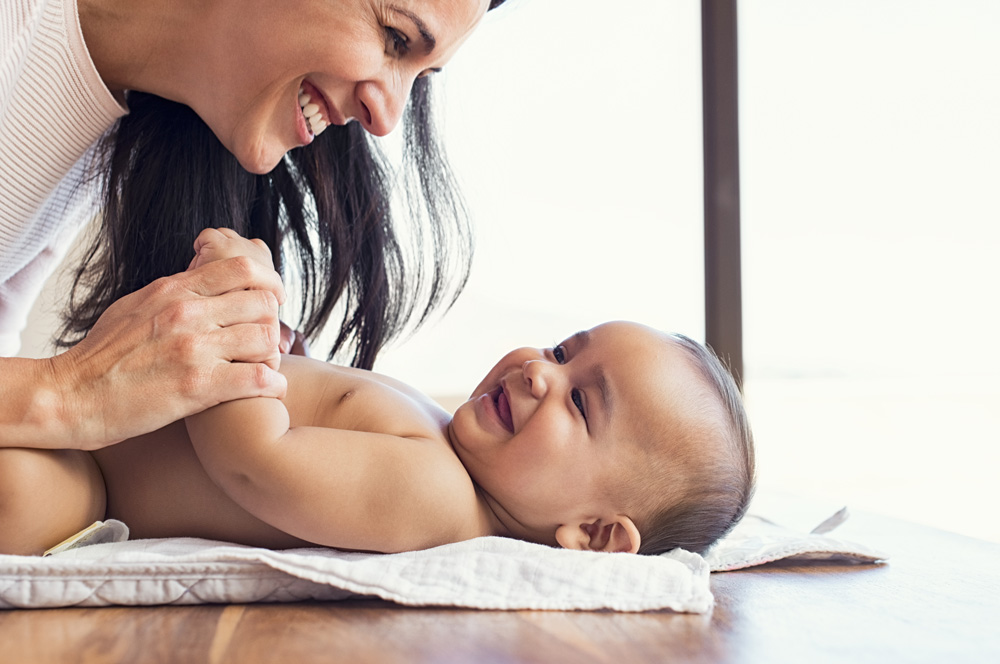Baby “R” was detained from his parents and placed in foster care at birth due to being born with substances in his system and other parental risk factors. The biological mother’s actual county of residence was out of the area and she requested that her baby be placed in the county of her residence.
During the MAT assessment, it was determined that the baby was generally adapting well to his current foster placement, but with some dysregulation (difficult to soothe, crying for long stretches, disrupted sleep). The biological mother maintained regular visits with the baby and took an active role in the Assessment. As is often the case, the timeline for the MAT Summary of Findings meeting at the conclusion of the Assessment and the Court’s decision on a child’s placement is not aligned. So with the uncertainty of whether the baby was going to be moved out of the county to a new foster family, or would be ordered to stay in Los Angeles County for an extended amount of time, it was unclear where services for this baby should be sought. What was clear is that this current foster mother and biological mother could use support immediately in helping the baby strengthen his growing relationships. With the uncertainty of his placement, the stress impacted everyone and put the social emotional development of baby Luis at risk of deterioration. The biological mother was determined to remain in the baby life wherever he was placed, making her participation in treatment relevant and important.
The Assessor determined that infant mental health treatment could begin, avoiding any time delays and making the best use of this critical time period of the bio mother being invested and attached to her baby. Incorporating recently learned Infant Massage into the work, the assessor turned clinician worked with both the foster mother and biological mother to support their understanding of child development. This involved understanding the baby’s cues, promoting co-regulation to support an alert and calm state, mutual engagement and shared joy. This ensured that the baby was receiving warm and supportive caregiving and his caregivers were experiencing the support they needed and joining in moments of joy they can build upon.
Part of the work is preparing a foster mother to help pass on this caregiving success and knowledge to the next caregiver, and supporting the biological mother in maintaining a healthy bond and attachment with her baby. Both mothers reported to the clinician that they enjoyed the treatment process and learning how to be in tune with the baby and with their own feelings and responses. The baby is now four months old and the court is still deciding on his placement arrangement.
During the closing session with the clinician, the foster mother shared that she is able to help soothe the baby in half the time that it took before, and the biological mother demonstrated an extended period of mutual engagement and joy with the baby. As assessors/clinicians, we cannot control the outcomes of court decisions, but we can trust in the solid clinical work that we provide and the lasting positive impact this has on the child.



